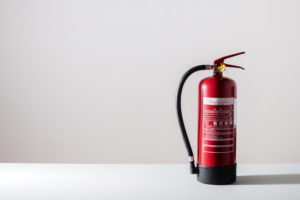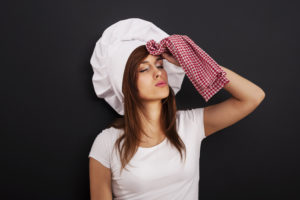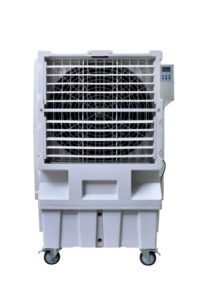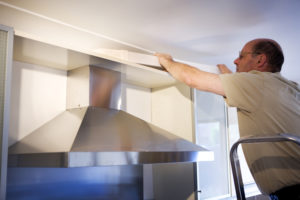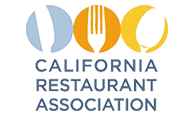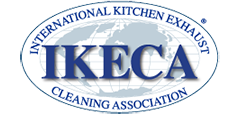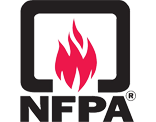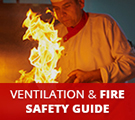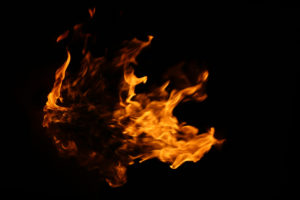
Running a restaurant is no joke. Restaurant owners and their employees must maintain a clean kitchen environment at all times, properly receive and store food, and cook food to the right temperature prior to serving customers. Those employed at restaurants should already know all of this.
But something else that’s critical for restaurants is to regularly clean is their kitchen exhaust, grease trap, and other essential aspects of their ventilation system. Even failing to occasionally maintain your grease trap can cause significant danger.
The Dangers of a Dirty Grease Trap
Both employees and customers can suffer major consequences as a result of being directly or indirectly exposed to a commercial kitchen that has a poorly operating grease trap. For employees, they will be consistently breathing in the fumes the grease trap emits, putting their respiratory health at risk. Customers can be affected by your uncleaned trap if your source of water is contaminated due to a grease trap blockage, and you happen to wash dishes with that dirty water.
But the danger doesn’t just end there. The toxic buildup can eventually lead to annoying smells, serious plumbing problems, money lost due to your restaurant temporarily being shut down by the health department and/or giving you a hefty fine, or even kitchen fires.
How Often Should Grease Traps Be Cleaned?
It’s clear that a dirty grease trap is incredibly dangerous. That said, how often should these pieces of equipment be cleaned to maintain the safest kitchen environment as possible?
The average restaurant should have their grease traps cleaned every three months. Although, restaurants that are busier should strongly consider cleaning these devices more frequently just to be on the safe side.
Allow Flue Steam, Inc. to Help You Maintain a Safer Commercial Kitchen.
Even if your commercial kitchen isn’t used very often, it’s critical to ensure everything is running safely and is up-to-code. Failure to do so, you could end up with large fines, the temporary or permanent shutdown of your restaurant, or even health or safety problems for your employees and/or customers. You wouldn’t want to risk any of that.
At Flue Steam, Inc., we provide a range of services to help keep your commercial kitchen cleaner and safer. From quality kitchen exhaust system cleaning to grease filter exchange service, the services we provide are important for every single business in the restaurant industry to consider.
Call our team up by dialing 800-700-FLUE for more details on the services we provide in Southern California.


